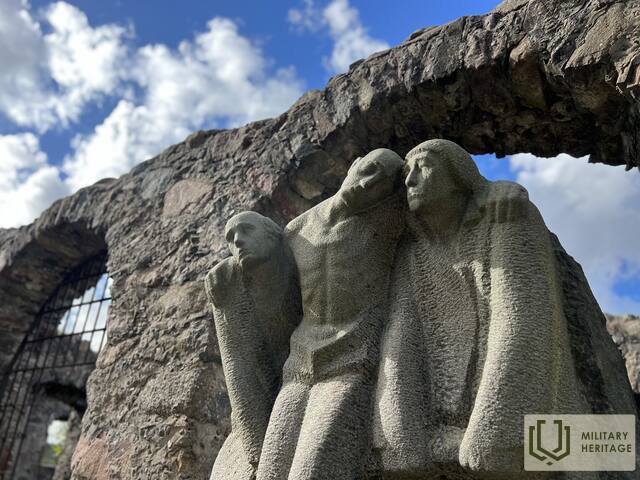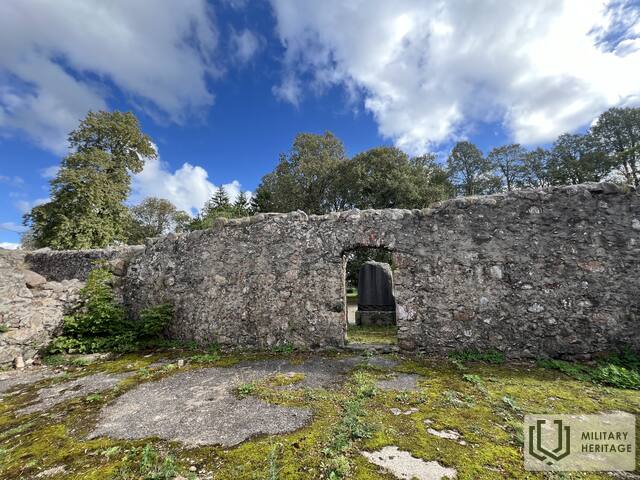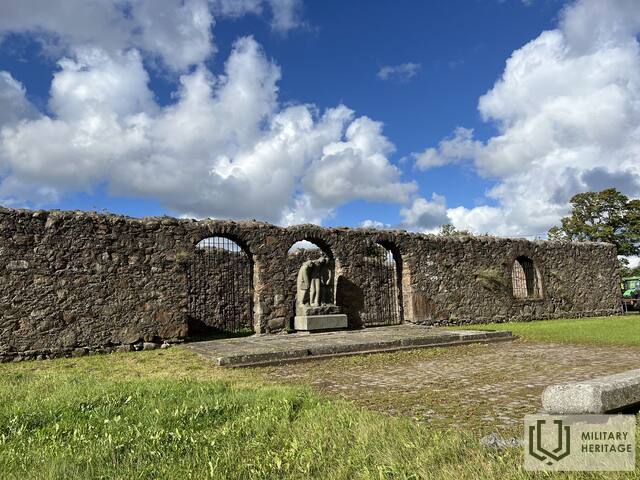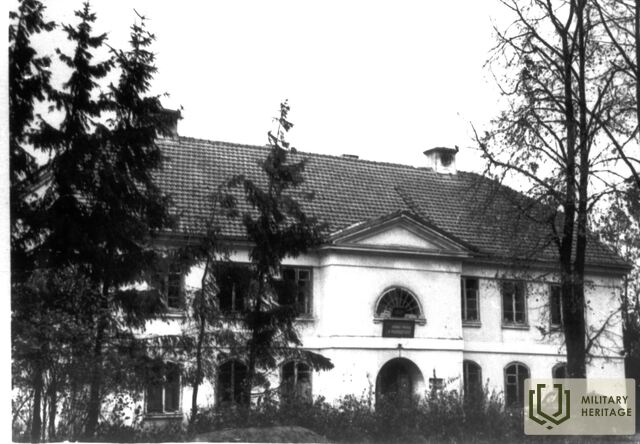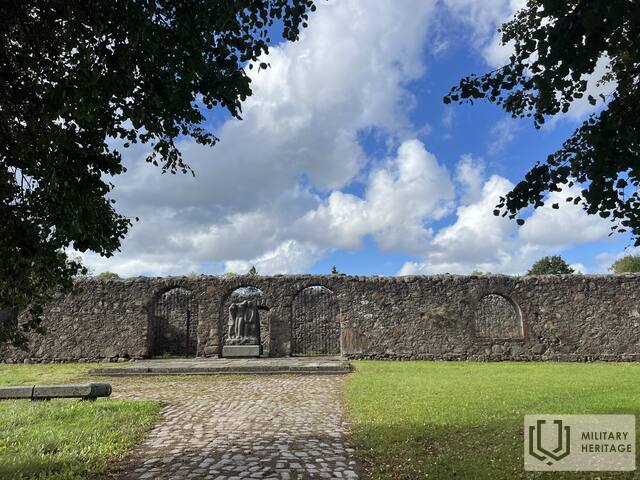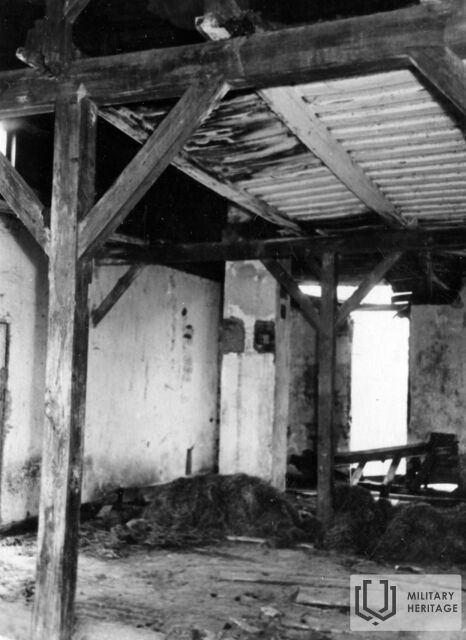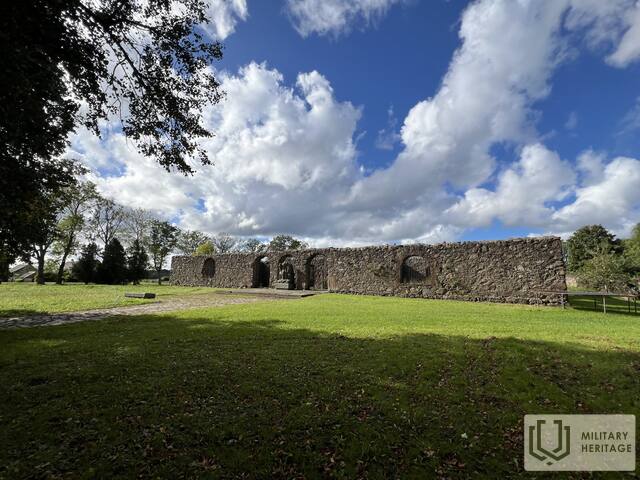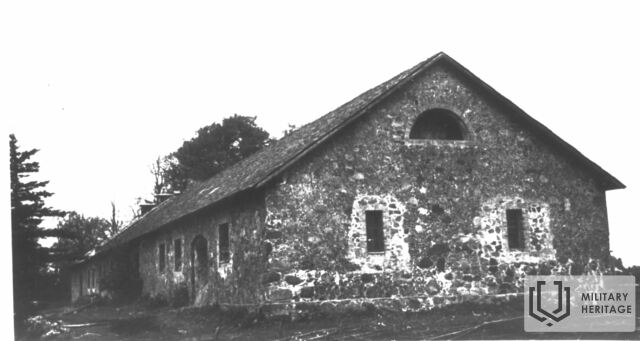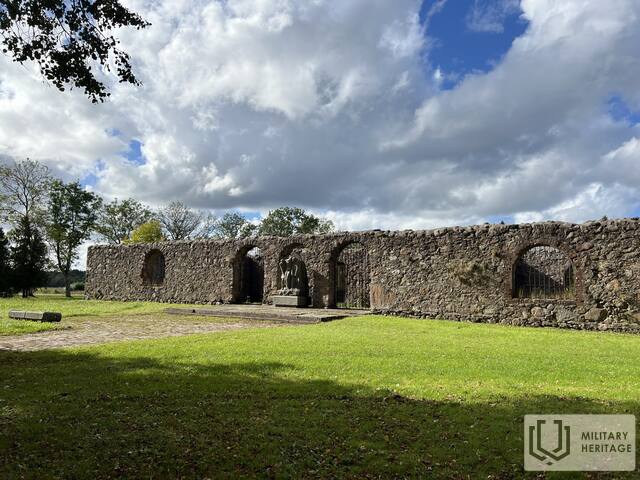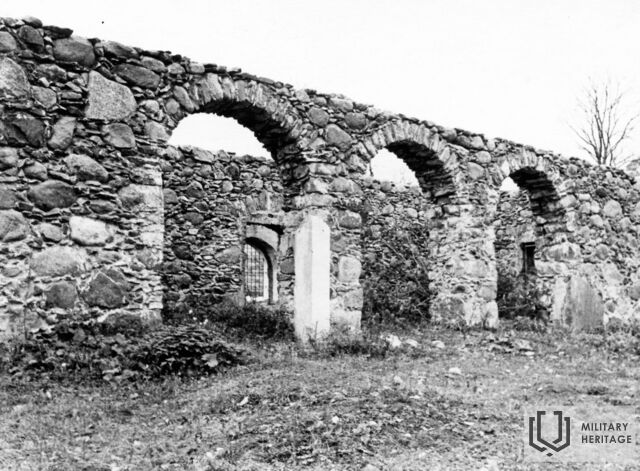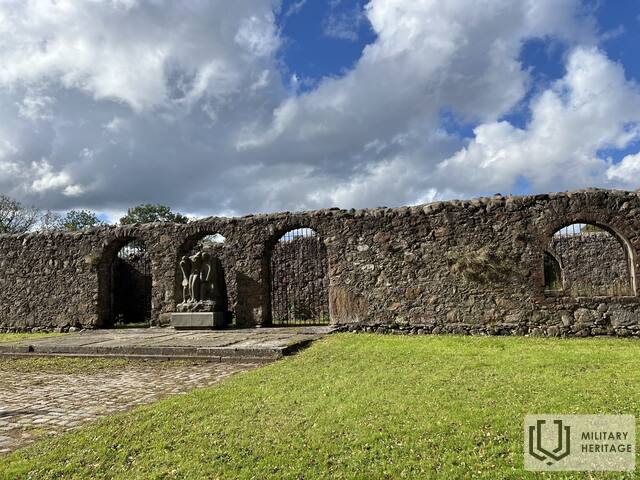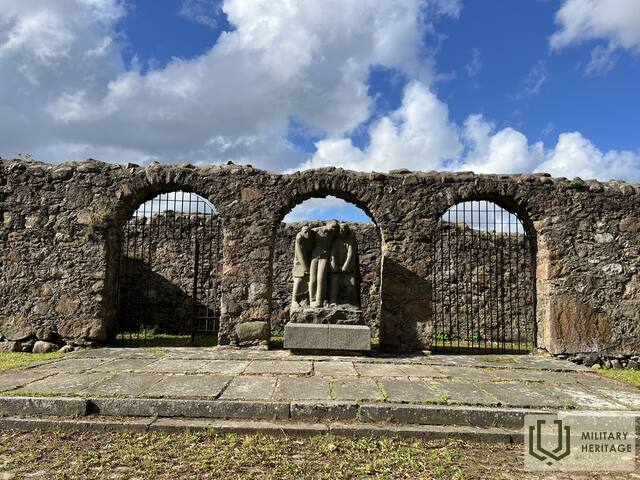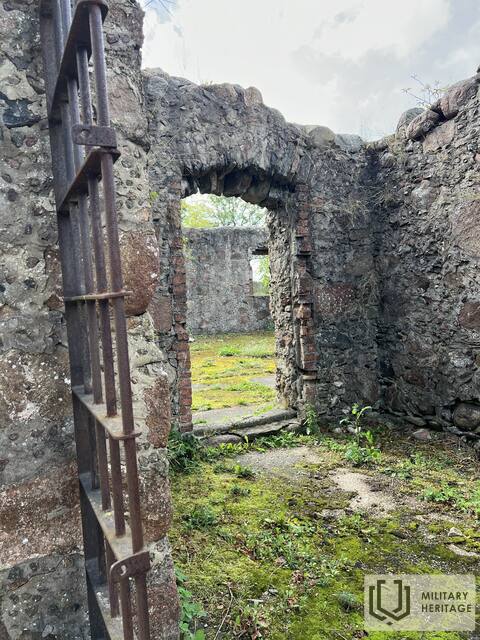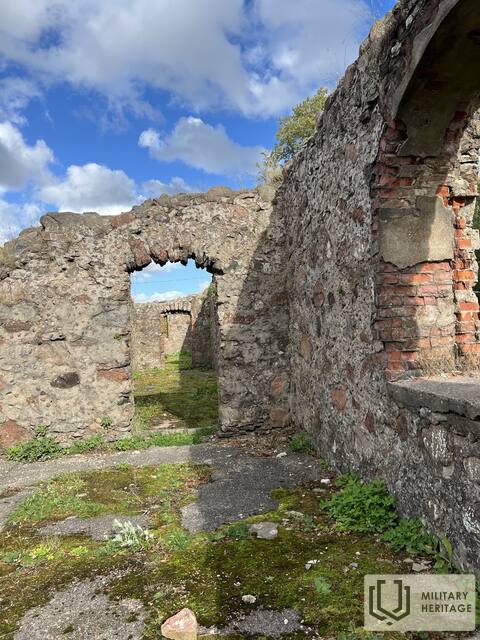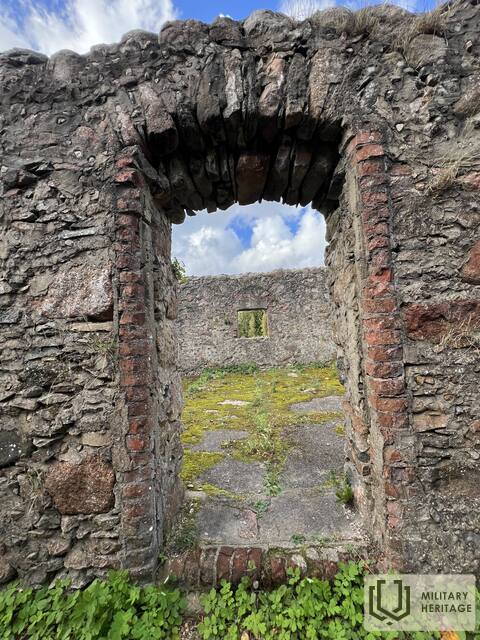Dimitrov Forced Labor Camp Memorial site

The Dimitravas forced labor camp was a branch of Kaunas Prison in Kretinga Manor, Dimitrava, and operated from 1937 to 1940. The camp was established on the basis of the Law on Forced Labor Institutions adopted by the Seimas of the Republic of Lithuania on July 10, 1936. According to the government resolution, persons confined to the forced labor institution could be most useful to society by collecting stones from the fields and making various articles and blanks from them. The buildings of the Kretinga Manor farmstead were adapted for the function of forced labor, and a prison was set up in the stone barn, which could accommodate 200 prisoners. The head of the institution and the administration settled in the farmstead's administrative building, and the wardens - in a dormitory set up in a stone-built forge. An outpatient clinic was set up in another, wooden forge, and a forge and a bathhouse were installed in the old forge building. Persons dangerous to state security and public order, selected by the political police, were sent to Dimitrava for forced labor. In 1939 alone, 337 people were imprisoned in the camp, mostly for political offenses. Most of them were communists, i.e. persons who were somehow dangerous to the authoritarian regime. In the summer of 1940, the camp was closed by the Soviet authorities. During the Nazi occupation, Soviet activists and peasants who had failed to fulfill their obligations were held and killed there (1,770 people were killed). In 1974–1993, the former camp housed a branch of the Kretinga Museum of Local Lore.
The place is currently abandoned, like many other former manors in Lithuania. That this is no ordinary abandoned manor is evidenced by the sculpture "Political Prisoners" by Antanas Dimžlis, erected in front of the prison building almost five decades ago.
Used sources and references:
Modestas Kuodys, Dimitravas, Pabradė, concentration and forced labor camps in Lithuania 1927–1940.
Dimitravas – forced labor camp. Access online: https://www.archipelagai.lt/keliones-lietuvoje/dimitravas-priverciamuju-darbu-stovykla
Audrius Abromaitis. Dimitravo Forced Labor Camp. Available online: https://www.vle.lt/straipsnis/dimitravo-priverciamojo-darbo-stovykla




